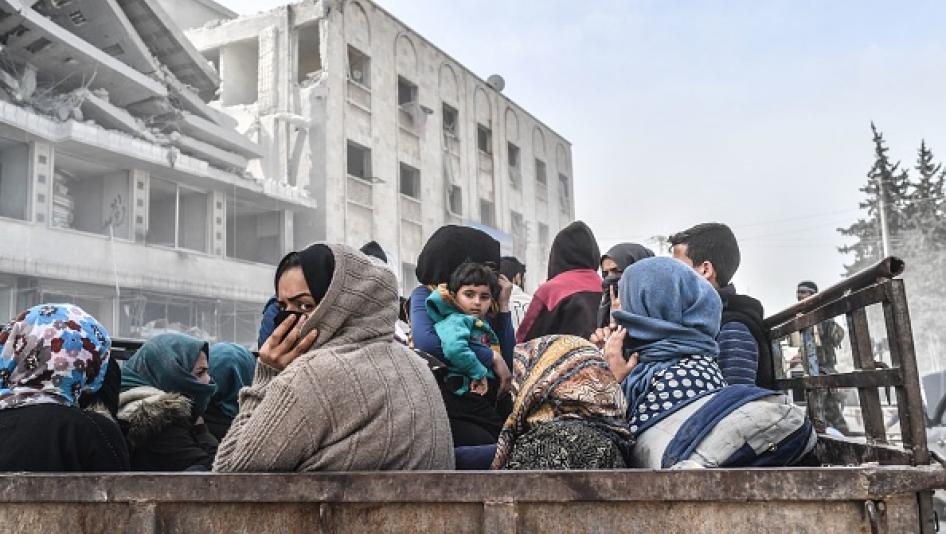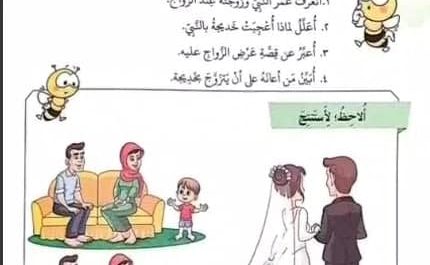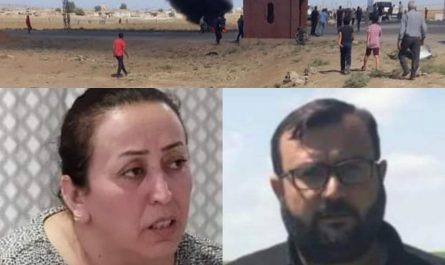The story of the Syrian Kurdish child Muhammad Hamid Muhammad comes to the fore again, after returning to Syria some time ago, with a new chapter of tragedy.
Although several months have passed on the suffering of the child who was injured on the ninth of October (2019) during the Turkish bombing of the Syrian city of Ras Al-Ain, and his body was almost completely burned with phosphorous, his tragedy did not stop, as he still needs special care that requires him to remain in a cold place where the temperature does not exceed 22 degrees Celsius, in light of the miserable conditions that most Syrians live in, especially in the areas north of the country, or under the control of the pro-Syrian factions.
The heat returns his soreness
In the new chapters of the child’s story that occupied the world last year, and his photos were published in international newspapers, his father Hamid Mohamed said: “ it doesn’t suit my son to stay in a place where the temperature exceeds 22 degrees Celsius as a result of his body being burned during the Turkish bombing months ago,” noting that “high temperatures revives his burns again and restores his pain. “
He added to Al Arabiya.net: “We are closely monitoring his health and he will not be able for five years to stay in a place with high temperatures, so he will be transferred under the auspices of a civil organization to an apartment in the Syrian city of Hasaka where there is air conditioning for him all the time in summer with permanent electricity subscription”
He also explained, “if my son doesn’t stay in a cold place, that will restore burns to his body again, so we seek to secure everything necessary to prevent this from happening.”
The Kurdish child, who comes from the city of Kobani (Ain al-Arab) and who was staying with his family in Ras al-Ain, was subjected to terrible burns extending from his throat to his abdomen on the second day of the Turkish attack on Ras al-Ain, which was accompanied by the pro-Ankara Syrian factions.
French report confirms the presence of phosphorous
In this regard, the father of the child said, “My son was subjected to aerial bombardment with phosphorous according to a final report by his French doctors, and the Kurdistan Regional Government of Iraq saved his life after providing him with the required treatment in Europe.”
The 13-year-old was taken to Iraqi Kurdistan after receiving first aid at a local hospital in the Syrian city of Tal Tamr. Later, he was transferred to France on direct orders from Masoud Barzani, the former president of the Kurdistan region, who contacted his father by phone.
The child has undergone seven operations while receiving treatment in Paris for more than 3 months. Then he returned to Syria again after a short stay in Iraqi Kurdistan.
His image, which shows terrible burns to his body, turned into evidence of condemnation of Ankara during its military attack on the Kurdish-majority areas in northeastern Syria in the last quarter of last year.
In addition to other reports, his photos have opened criticism in the face of Ankara for the possible use of internationally prohibited weapons in its attack on Kurdish fighters and their local allies in the “Syrian Democratic Forces” last year.
The chemical weapons inspectors affiliated with the United Nations announced that they were gathering information after accusations that Turkish forces used incendiary white phosphorous against children in Syria, according to the British newspaper, The Guardian, at that time.


